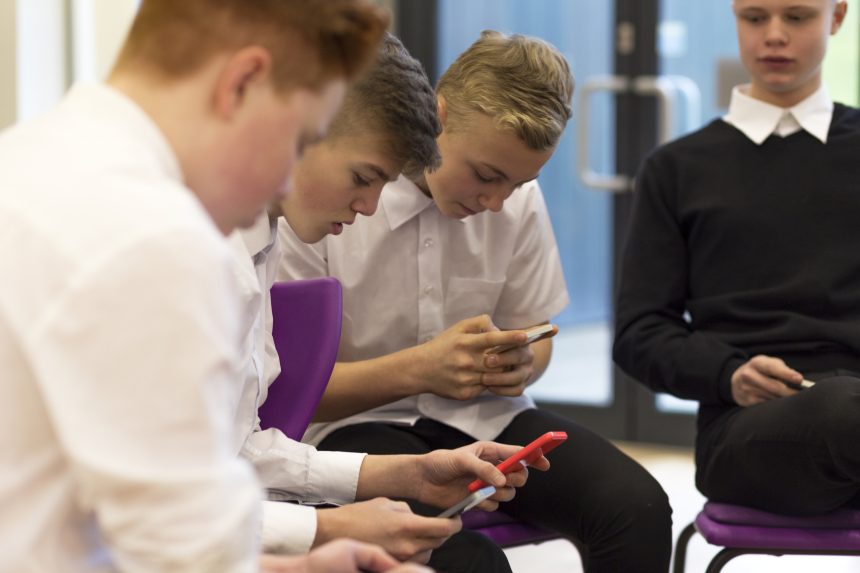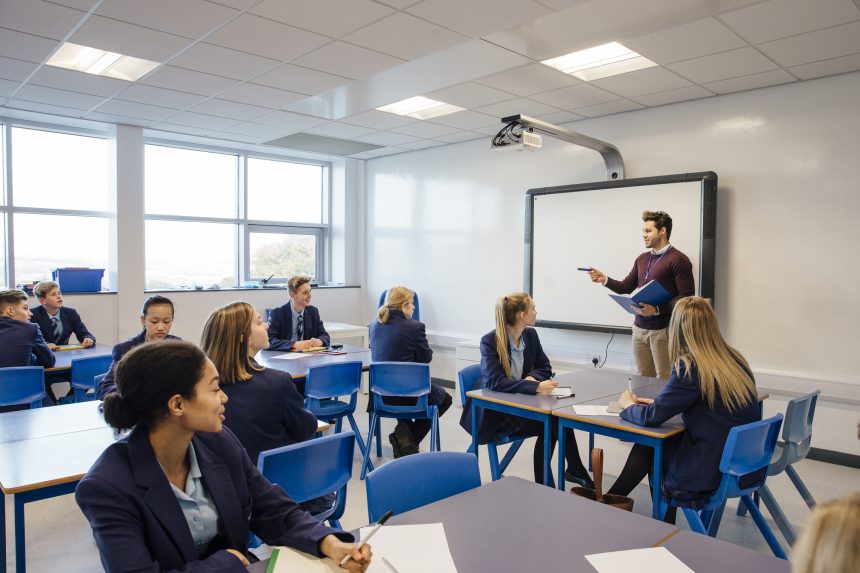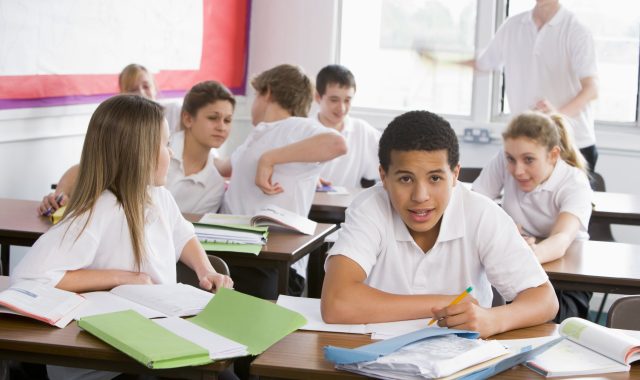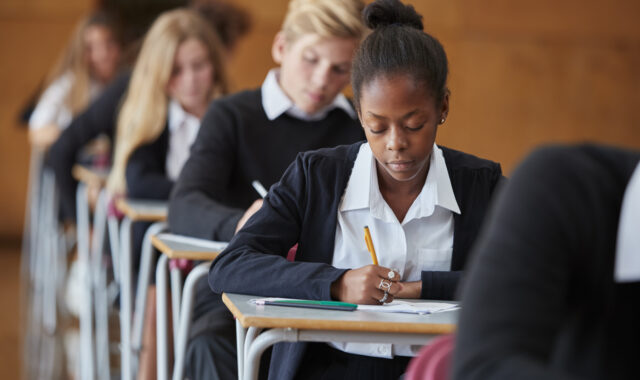Contents:
After re-watching various YouTube videos from behaviour management expert, Bill Rogers, I was struck by just how incredibly valuable and timeless his advice is. For me, the most important outcome of these strategies is that they help to create a classroom environment that is focused, ordered and calm, but absolutely focused on building warm and positive relationships.
So, in no particular order, here’s a very brief list of some of the tips I’ve found most effective and valuable.
1. Describe and direct
This refers to describing the issue (‘A few people are still talking’) and then directing, with a positive cue, what you want to see (‘You need to be facing the front. Thanks’). This is helpful because it describes in a very explicit but non-confrontational manner what the issue is, but also offers, again very clearly and explicitly, the route to correcting the issue.
2. Lateness
For such a perennial classroom occurrence, this is something that is very easy to get wrong in approach. It’s a tough balancing act to simultaneously address the lateness whilst not disrupting the lesson for those who have arrived on time.
Rogers offers a clear, four-point strategy for addressing lateness. First, welcome the late student to the class (‘Good morning Sam, glad to have you with us’ or ‘Morning Sam, good to see you’); second, confirm they are late (‘The lesson started 5 minutes ago Sam’ or ‘You’re 5 minutes late today Sam’); third, say you will follow up with them later (‘We’ll chat about this after the lesson’ or ‘Let’s talk later, take a seat’); fourth, continue with the flow of teaching.
I think the third point is the most crucial on two fronts. It’s non-confrontational, which is important because at this point there may very well be a very good reason for the lateness, but also lets everyone know it won’t go unnoticed.

3. Object on the desk
Rogers uses the example, here, of a student playing with a Walkman under the desk, which is a little dated, but of course applies to anything a student shouldn’t have during a lesson. Again, he offers a very clear script to rehearse and follow.
First, walk up to the student and begin talking about the work (‘How’s that paragraph going?’); second, offer a choice to put the item away or, if they prefer, to hand it to you to place on the desk (‘You can either put the phone away in your bag or, if you prefer, I can take it and put it on my desk’); third, walk away and allow take up time.
Rogers makes the point that this final part is crucial because, realistically, the student won’t do as asked immediately. The presentation of choice also allows the student to save face and retain agency, whilst also being provided with a route to success.
4. Primary vs secondary issues
The above scenario provides a useful illustration of primary and secondary behaviour. The primary issue, here, is playing with the phone or whatever it might be, but the secondary issue might then become sighing. Rogers stresses we should always retain focus on the primary issue and tactically ignore the secondary issue.
5. But, Mr Rogers lets us
When presented with a request, you might be met with the inevitable retort that ‘but X lets us’. The response to this, Rogers suggests, ought to be first ‘I’ll check that with them’ and then reiterate and uphold the expectation you initially outlined. Such a subtle move, but, as always, genius. This immediately undercuts the attempt to pit one teacher against another whilst remaining completely impartial and non-confrontational.

6. Partial agreement
This is a really powerful way to again allow students to save face and retain focus on the primary issue, whilst remaining non-confrontational.
Let’s imagine that Malorie insists that she works best with music on or that she wasn’t the only one talking. You might offer partial agreement: ‘That might be the case and…’ or ‘I’m sure you can and…’, at which point you reiterate the expectation.
You may notice here, too, the use of ‘and’ instead of ‘but’. ‘But’ might permit the opportunity or room for further debate and disagreement, it implies a working against rather than with. ‘And’, however, doesn’t allow such room for easy continued disagreement.
7. Thanks, not please
Adding ‘thanks’ to the end of a request instead of ‘please’ is again a very subtle but effective tweak to classroom language. ‘Thanks’, unlike ‘please’, implies the expectation of willing co-operation; it doesn’t require permission, but rather includes an already tacit readiness. For example, ‘eyes and ears to the front, thanks’ suggests acceptance before completion, but ‘please’ indicates completion is predicated on acceptance. Small, but not trivial.

8. Settling a class
Rogers imagines a noisy, difficult to settle class at the start of a lesson. Where does the teacher go from there and how do we move from disruptive to calm and ready to work?
His advice is, first of all, not to ask for permission to begin (‘could we begin now, please?’), but rather to scan the class and say in an assertive manner something to the effect of ‘settling down now, thanks’. He then suggests looking for breaks in the disruption and waiting for small moments of quiet, before then describing and directing.
There are many other strategies and tips we could discuss such as framing the positive (instead of ‘stop talking’ say ‘I’d like everyone to be listening’) or you establish what you establish (also described as you promote what you permit), but these are the ones that most struck me when rewatching some of the clips.
I also think there is a massive amount of value in scripting and rehearsing, individually or with a colleague, these interactions, many of which will be encountered time and again.







Comments